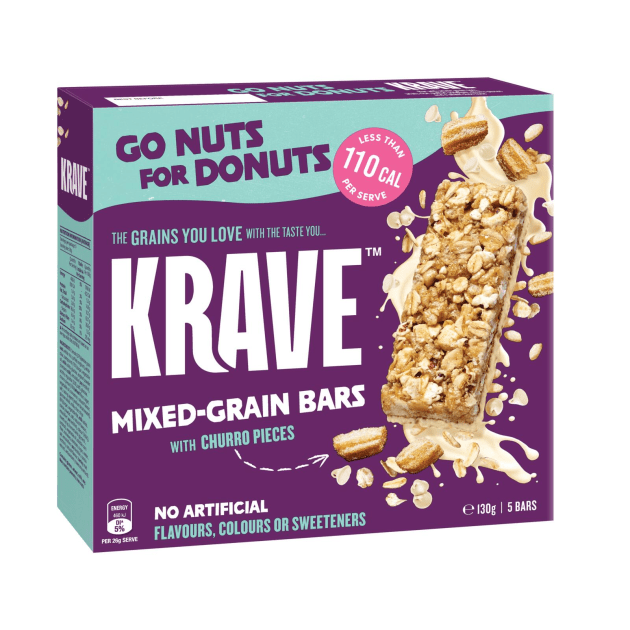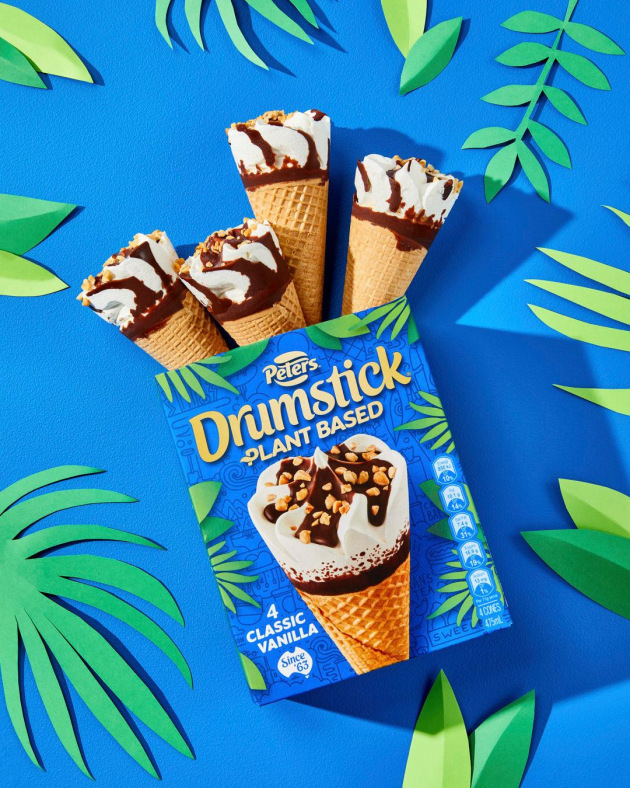According to Euromonitor International, nearly 40 per cent of Australians are snacking between meals during the day. Euromonitor senior analyst Ayusha Amatya explains the fundamental shift underway with consumers’ eating habits.
The pandemic has turned eating patterns and habits upside down for many, with the majority of consumers staying at home more often and adopting a hybrid lifestyle.
As a result, Australians seem to be shifting towards a flexible pattern of eating that is bringing about a wave of changes in the snacking industry.
According to Euromonitor International’s Voice of the Consumer: Lifestyles Survey, nearly 40 per cent of Australians are snacking between meals during the day, showing a fundamental shift in consumer eating habits from the traditional meal format.
Habits may be changing, but taste, nutrition and convenience continue to be the three most important factors in choosing a snack. Confectionery and savoury snacks categories have the strongest forecast growth (3.9 and 4.8 per cent) as consumers seek to balance newer eating occasions with nutrition.
This has brought about a revolution in the snacking industry in the last two years, with industry players innovating new formats, textures, and occasions to drive a new era of growth. Convenience has come to the fore.
Healthier versions of old favourites
With the uncertainty and stress brought about by the pandemic, consumers increasingly snacked at home for comfort.
This rise in snacking frequency has translated to increased demand for healthier, guilt-free versions of popular snacks for consumers to indulge on.

Kellogg’s Krave mixed grain bars (right) is an early example of how brands started offering smarter snacking choices that feature decadent flavour inspirations like caramel and churros minus the calories.
As attitudes around what we eat become increasingly health conscious and focused on nutrition, the Australian snacking industry is undergoing a collective effort to increase the range of healthier, better-for-you ingredient formulations.
Euromonitor’s Product Claims and Positioning tracker shows the significant increase in products with no artificial colours, flavours and preservatives indicating consumers are gravitating towards snacks with cleaner and simpler ingredient lists.
Super snacks support lifestyle changes
Apart from increasing comfort snacking, Covid also accelerated health and wellness trends as consumers became more conscious about fitness and building good eating habits.
While at-home snacking heightened during the pandemic, as more Australians start leaving the house for work, education and socialising, the preference for conveniently packaged super snacks is expected to strengthen.

Self-care is also more pronounced post pandemic, with brands like Locako introducing keto collagen bars with no sugar or dairy. It is an example of a product promoting enhanced wellness – from within – and other benefits such as sustained energy as a snacking choice.
This move towards fortified snacks has led to an overhaul of newer formats and textures to complement easy on-the-go consumption without sacrificing flavour.
My Muscle Chef has identified a key space for growth by introducing its high protein cookies as a recovery post exercise snack in a category widely dominated by energy bars.
Taste is still crucial regardless of the snack’s benefits. For example, fortified snack bars, like Brookfarm’s Prebiotic Wholefood Bar range, still feature indulgent and comforting flavour varieties chocolate and salted caramel.
Plant-based options continue to surge
Plant-based snacks are gaining momentum as consumers’ priorities shift towards products that are both better for health and the environment.
This is amplified by the shift to snacking more frequently and therefore becoming a greater source of daily nutrition.
The demand for plant-based options is significantly increasing due to the perception they are better-for-you.

The perceived health benefits of plant-based alternatives include higher dietary fibre and lower saturated fat than conventional meat products. Nearly 57 per cent of Australian respondents to Euromonitor’s Voice of the Consumer: Health and Nutrition Survey said a mostly plant-based diet made them feel healthier.
Australians also gravitate towards plant-based options to improve fitness and strength, with 41 per cent responding that they choose them for better speed and endurance.
As consumers look for more plant-based and healthier options, we see brands responding to meet demand. For example, Allen's has launched its first vegan lolly with Jubees, and Peters launched a vegan version of the iconic Drumstick.
Opportunity in indulgence
While better-for-you and plant-based categories may be strong performers, the pandemic also led Australians to seek small moments of indulgence in their snacking. This enabled innovation in new product developments like Calbee’s Melts potato chips with cheese, or newer formats of favourites, such as ice cream in bite-sized form like Ben & Jerry’s Peaces.
This trend has been further fuelled by ecommerce channel distribution growth of 3.1 per cent. Quick delivery services like Milkrun allow consumers to buy snacks outside of their regular shopping routines.
The diversity snacking, from health and wellness to indulgence, creates opportunities for new snack formats and varieties to thrive as well as potential for channel diversification. Understanding the Australian consumer’s needs and ability to adapt accordingly is crucial for brands to succeed.
This article first appeared in the September edition of Food & Drink Business magazine.






